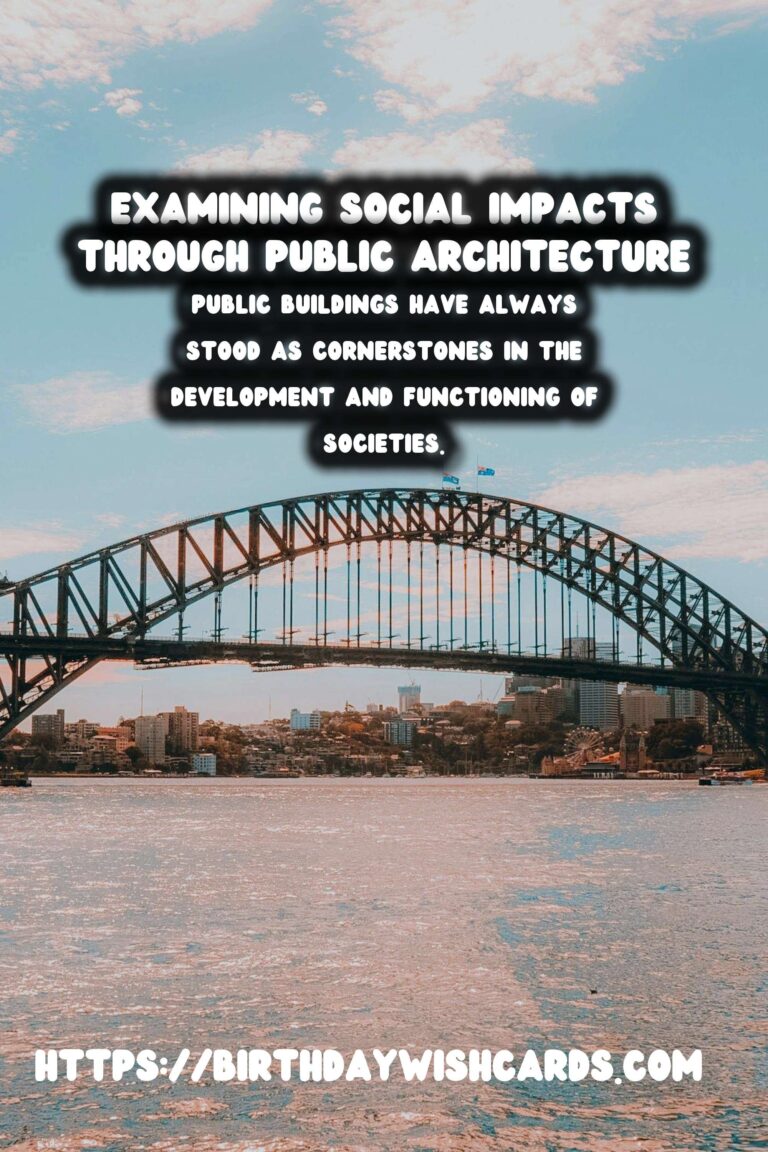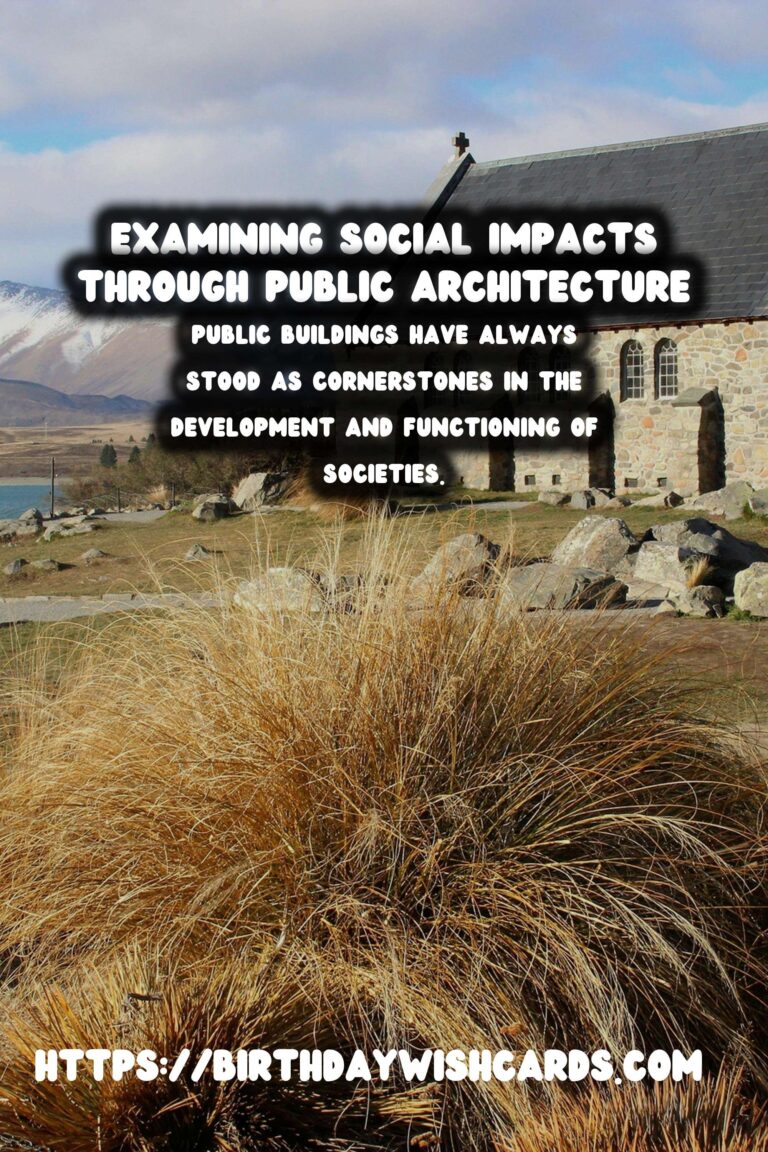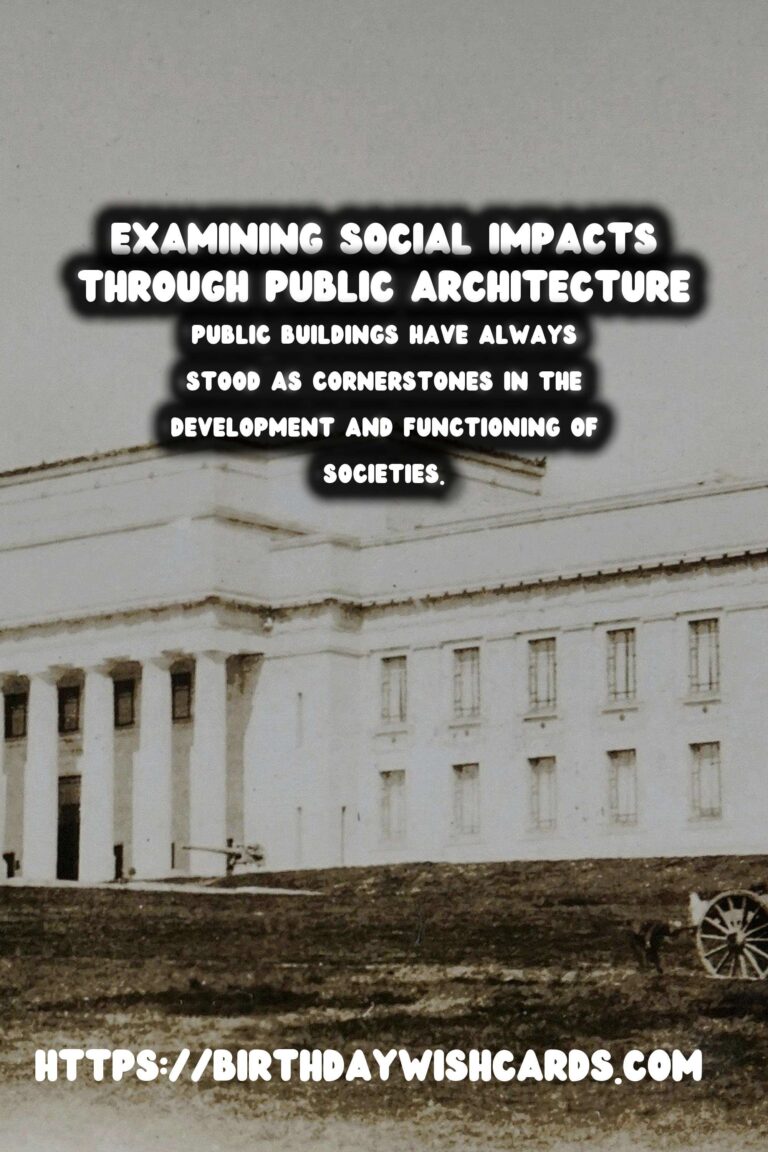
Introduction
Public buildings have always stood as cornerstones in the development and functioning of societies. From grandiose city halls to monumental libraries, the architecture of these structures not only reflects aesthetic tastes but also embodies the prevailing values and technological advancements of the time. As society evolves, so does its architecture, each era leaving a unique imprint on public buildings.
The Historical Significance of Public Buildings
Historically, public buildings have served various crucial roles: acting as places of governance, education, community gathering, and cultural preservation. Structures like Roman basilicas, Gothic cathedrals, and neoclassical courthouses offer insights into the historical context and priorities of their respective times. The meticulous craft of these architectures was more than mere construction; it was a statement of power, beauty, and permanence.
Architectural Styles and Techniques Across Eras
Ancient Periods and Their Impact
The earliest public buildings, like the ziggurats of Mesopotamia, were primarily religious. They were built with local materials and simple, yet effective, architectural techniques. These massive structures were not only centers of worship but also manifested celestial connections, emphasizing the bond between mortals and deities.
Classical Influence
Classical architecture, predominantly Greek and Roman, became foundational in public building design. The use of columns, domes, and symmetry became standard, and the enduring nature of materials like marble symbolized the resilience of civic power. The Roman contribution, particularly in terms of infrastructure like aqueducts and amphitheaters, exemplified functionality meeting grandeur.
The Middle Ages and Religious Dominance
During the Middle Ages, the architecture of public spaces was heavily dominated by ecclesiastical influence. Gothic cathedrals, with their heaven-reaching spires and intricate stonework, embodied a divine aspiration. These buildings were designed to inspire awe and had the dual function of worship and social congregation.
Architectural Progress in the Modern Era
Renaissance to Industrial Age
The Renaissance brought a revival of classical ideas, blending them with new techniques. Public buildings from this period showcased balance, proportion, and harmony. As society transitioned into the Industrial Age, advancements in technology and materials—like iron and glass—revolutionized public architecture, allowing for vast indoor spaces and increased natural lighting.
The 20th Century: Modernism and Beyond
The 20th century saw a dramatic shift with the advent of modernism, focusing on function over form. Iconic public buildings like the Bauhaus school embodied the minimalist credo, while others incorporated new materials and construction techniques that allowed for unprecedented structural feats, such as skyscrapers and expansive bridges.
Social Impact of Public Architecture
Public buildings do more than serve physical functions; they shape social dynamics and influence community identity. Libraries, museums, and universities function as communal hubs that foster education and cultural exchange. Moreover, their accessibility and inclusiveness reflect societal priorities such as equality and public service.
Civic Identity and Community Engagement
Buildings like city halls and courthouses often become symbols of civic pride and identity. They are landmarks within cities, not just geographically but also socially and politically. Their design can encourage community engagement, symbolizing transparency and accessibility.
Challenges and Considerations in Contemporary Design
In recent years, the role of public buildings has been reconsidered in light of sustainability, accessibility, and technological integration. Architects face the challenge of designing spaces that are environmentally responsible and operationally efficient while fostering social inclusivity.
Conclusion
As we progress further into the 21st century, the architectural history of public buildings remains as relevant as ever. They are testimonies to our past, reflections of our present, and blueprints for our future. The evolution of their design and function continues to shape our societies in profound ways, impacting both the tangible environment and the social fabric.
Public buildings have always stood as cornerstones in the development and functioning of societies. The earliest public buildings, like the ziggurats of Mesopotamia, were primarily religious. 









#Architecture #PublicBuildings




